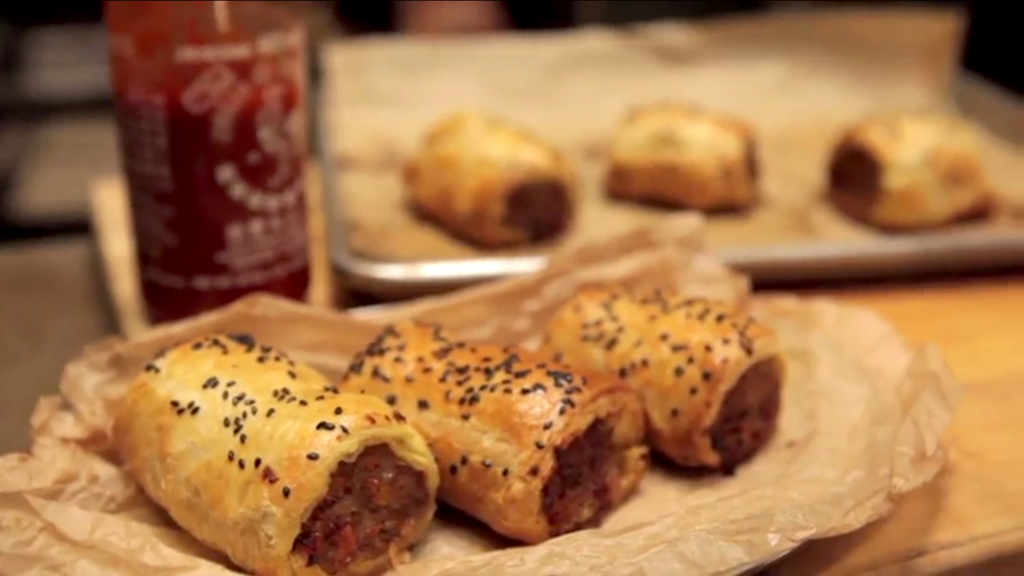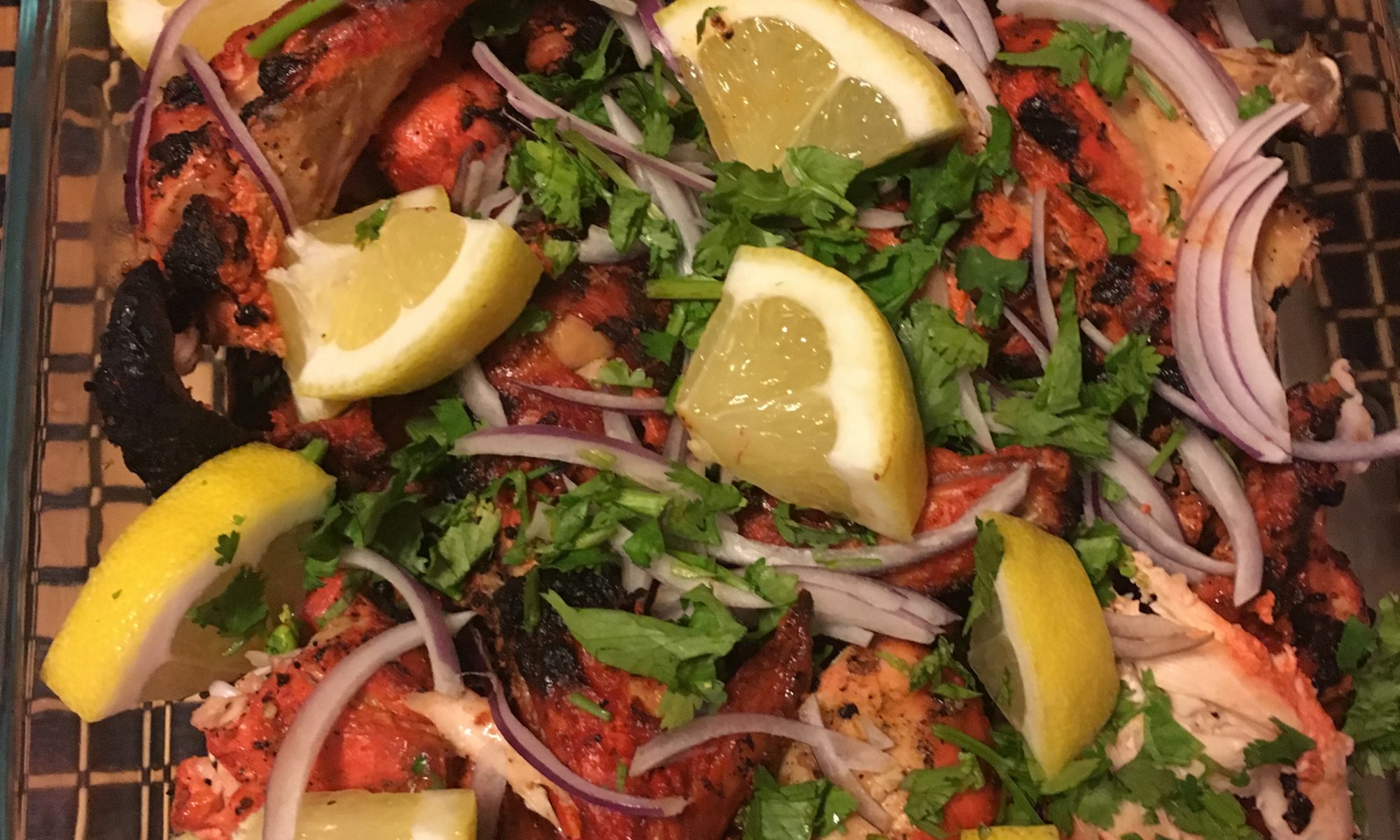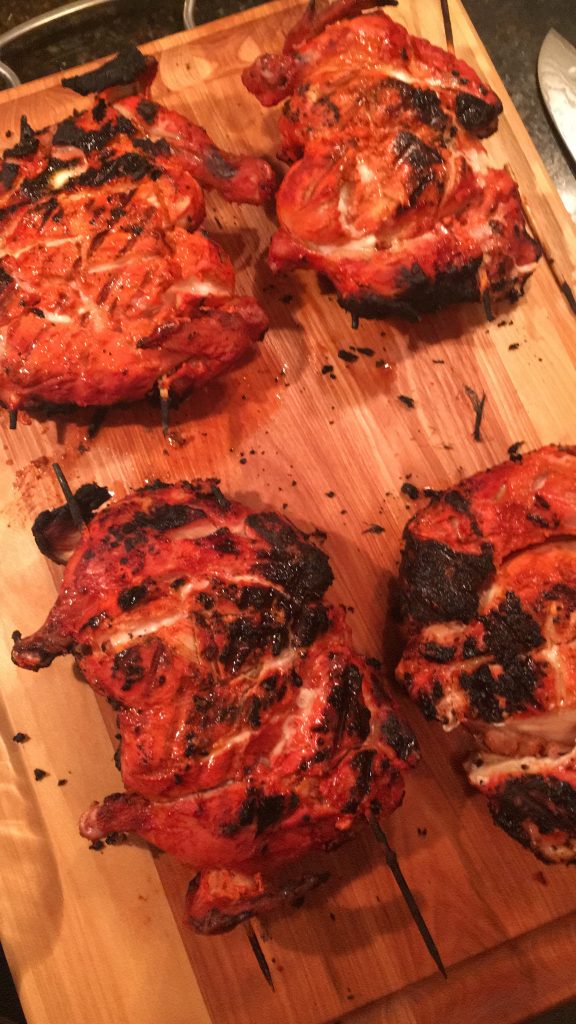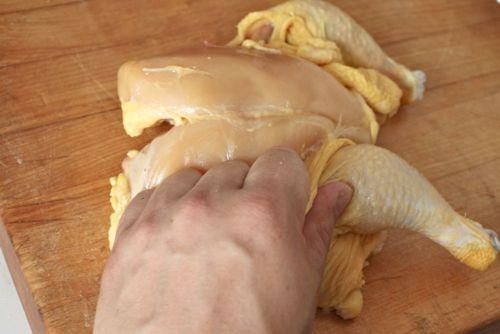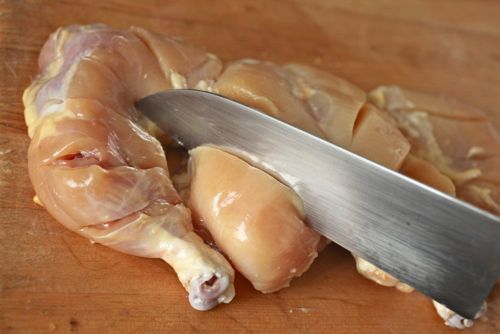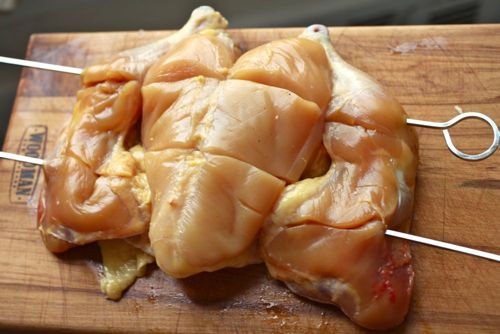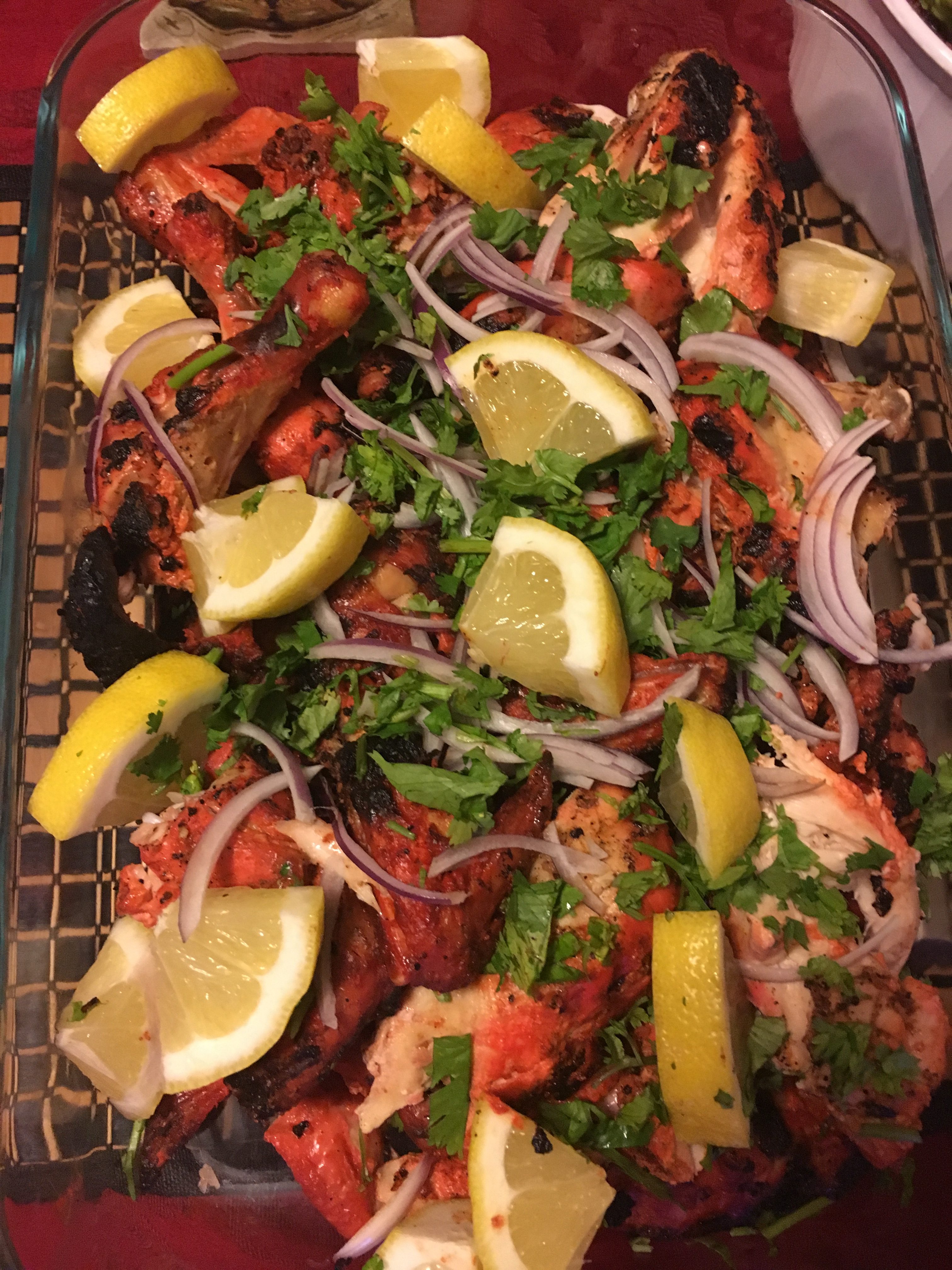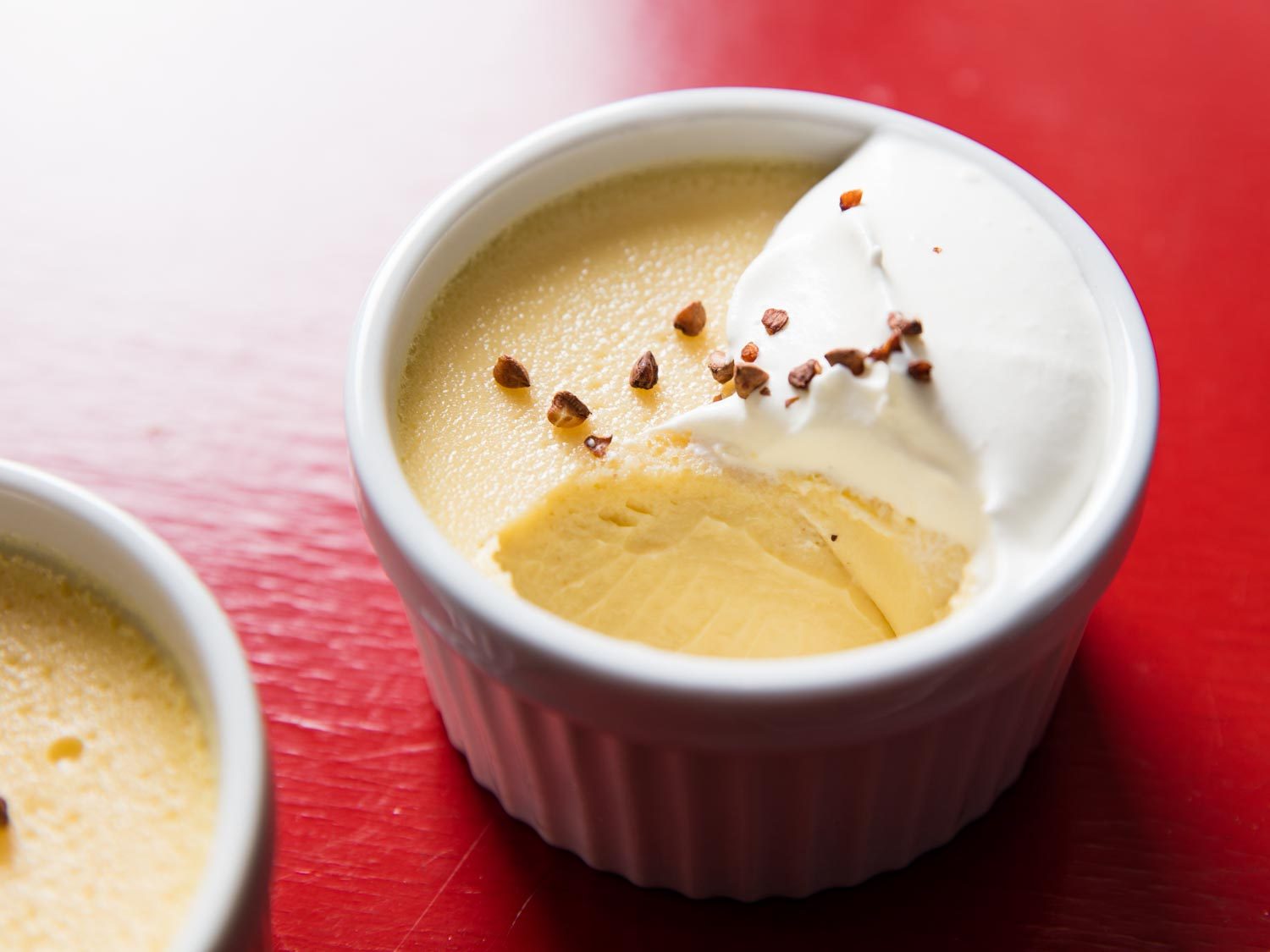Australian Sausage Rolls are a seasoned sausage wrapped in a flaky, buttery pastry. They are very popular in Australia and Europe and are delicious for breakfast, lunch, dinner, or as an appetizer.
Recipe by Andy Allen taken from Tastemade
Ingredients
- 6 garlic cloves, diced (but finely chopped)
- 6 french shallots, diced (but finely chopped)
- 1 long red chili, diced (I used two pinches of cayenne pepper)
- 1 medium fennel bulb, diced (but finely chopped)
- ¼ cup fennel seeds
- 4 thyme sprigs, leaves removed
- 1 tablespoon olive oil
- 1 granny smith apple, grated
- 1 carrot, grated
- 1 kilogram pork (or turkey) mince
- 1 tablespoon salt
- ½ tablespoon black pepper
- 40 grams breadcrumbs
- 3 sheets of puff pastry
- 1 egg for the wash
- Black sesame seeds
Instructions
- Pre heat the oven to 350°F.
- In a large frying pan, gently saute the garlic, shallots, chili (or cayenne) and diced fennel in the olive oil for 3 minutes. Add 2 tablespoons of the fennel seeds and also the thyme leaves. Cook the mixture down for a further 2 minutes.
- Then, add the apple and the carrot. Continue to saute the mix for a further 3 minutes and then take off the heat. Place the mixture in the fridge to cool.
- Once the mix has cooled, in a large mixing bowl, combine the meat mince with the vegetable mixture. Add salt, pepper and the breadcrumbs. Using your hands, combine the mixture until everything is just incorporated. You don’t want to stir too much, or the mince will go tough once it has been cooked, due to overworking the protein.
- Place the puff pastry sheets onto the bench and cut them in half, giving you 6 pastry sheets. Then, divide the mixture into 6 even portions. Form the mince into a long, thick sausage at one end of the pastry. Roll the pastry over the length of the sausage to create the sausage roll. Brush the sausage roll with egg wash and then slice into 3 identical smaller sausage rolls.
- Transfer the sausage rolls, seam side down, to a baking tray lined with baking paper. Sprinkle with the black sesame seeds and leftover fennel seeds. Bake the sausage rolls for 25 minutes (closer to 35) or until they are golden brown and cooked through.

